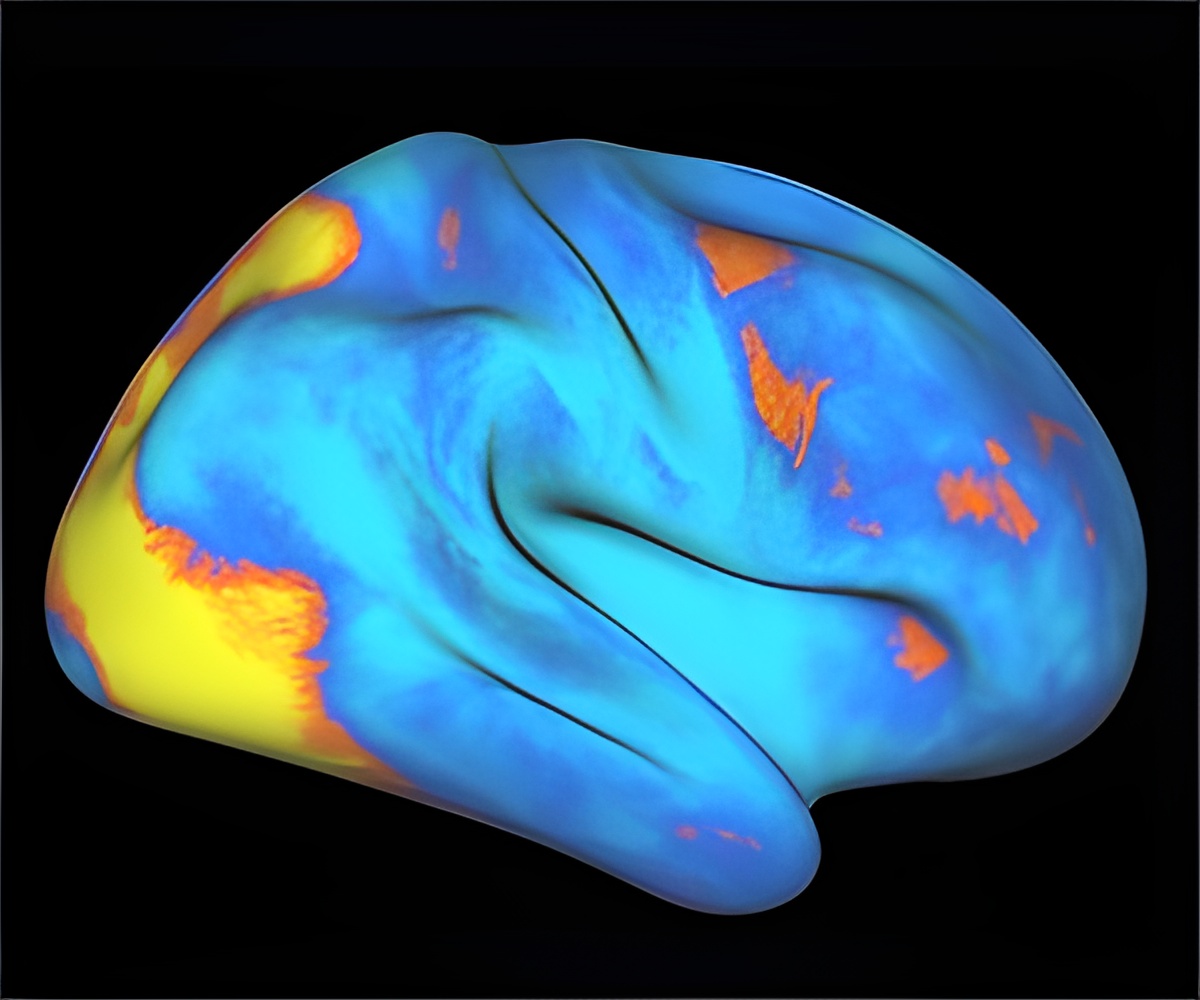
“Instead, it selects and prioritizes information based on what is needed at any given moment — this is called attention. And while attention is a fundamental characteristic of human cognition, and something that we use all the time, the underlying brain circuits that give us this ability remain largely unclear.”
In the human brain, there are two main attention networks: the dorsal attention network (DAN) and ventral attention network (VAN). “The DAN is in charge of directing your attention to something specific, and when it’s active, the VAN is silent,” explained Dr. Gaurav Patel, Department of Psychiatry and the study’s first author.
“This keeps you focused and limits your distraction. But if you see something that is new, unique, or behaviorally relevant, the VAN will switch on. This give-and-take between the DAN and VAN allows us to reorient our attention to what is most important.”
In a series of experiments, the researchers used functional magnetic resonance imaging (fMRI) to map brain activity. Before the start of a session, the subject memorized a specific target object. During the session, a stream of images appeared on various parts of a screen. The subject pushed a button when the target object appeared on the screen. fMRI technology allowed the researchers to see when various parts of the brain ‘switched on’ while the subject performed the task. And the results were surprising.
“The fMRI showed striking differences between the two species, which was wholly unexpected,” said Dr. Patel. “We were giving both the human and primate subjects the exact same task—their brain activity should have been more similar. That’s when we realized there was something else going on.”
Advertisement
“Taken together, these findings suggests that at some point in our evolutionary history, we evolved an additional attention network—perhaps in order to better process the world around us,” said Dr. Patel. The human social world is far more complex than any of our primate relatives. It is possible this network evolved to help us understand increasingly complex social cues, such as the subtle twitch of an eyebrow, or a shift in gaze, say the researchers.
Advertisement
“Persons with schizophrenia have difficulty expressing emotions, responding to social cues and often become socially isolated,” said Dr. Patel. “Right now we’re testing whether these individuals have an impairment to how the VAN is organized or communicates with the rest of the brain. Because if they do, we could potentially tailor a treatment strategy to mitigate that impairment, and maybe even restore some level of social communication that the patient lacked.”
Source-Medindia













